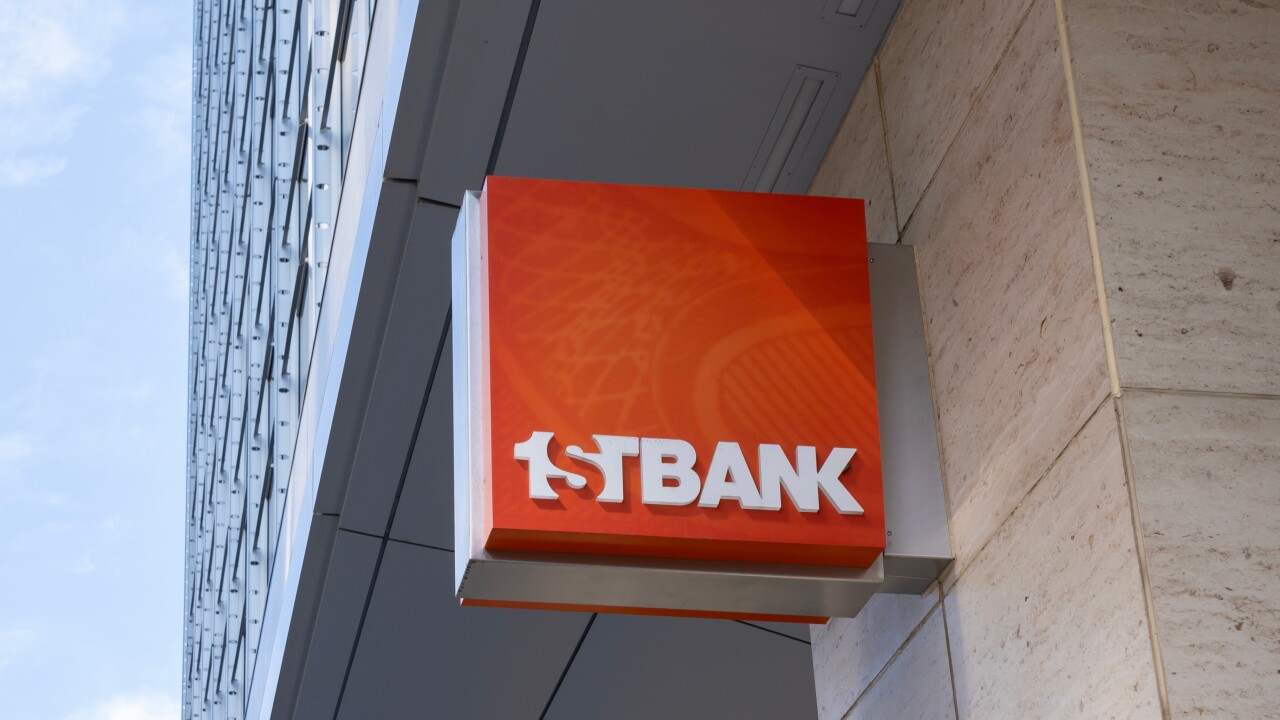Although it's been widely suspected that merchant EMV compliance
"This will skew very very heavily to the largest retailers. The
But Javelin envisions a very different story come October 2016, after some merchants directly feel the financial pain of that liability shift and a far greater number of merchants read about their unhappy experiences.
Those EMV-resisting merchants "will self-educate based on some horror stories. It may take some merchants going out of business because (the costs are) on them" to break down that resistance, Holland said. "There are entities that are waiting for merchants to self-educate. It's a cheap strategy."
On a more positive incentive, some merchantsafter they have missed the October deadlinemay be persuaded to upgrade to EMV so they can get related goodies, such as newer systems will almost certainly also support NFC,
Holland directly blames the industry for an utterly lackluster attempt to educate merchants, especially smaller merchants. "There has been a general lack of ownership on who is supposed to educate" both consumers and merchants, Holland said.
The reportwhich was released Wednesdayis based on a survey of 8,500 consumers conducted in November 2014, along with bank data points. Given how much attention has been paid to EMV and how many EMV cards have shipped in the last seven months, this snapshot from late last year may not reflect today's EMV situation, but it is a useful and detailed look into how things looked last year.
At that time, about 19% of consumers surveyed had an EMV card. Among issuers, Citibank led the EMV charge, with 41% of its customer baseaccording to the consumers surveyedhaving EMV cards. Bank of America was next with 36%, Chase at 25% and BBVA Compass at 22%. "The remaining issuers EMV card penetration rates sat between 20% and 12% of all surveyed customers," the report said.
Receiving an EMV card, however, is not the same as that consumer knowing that they received an EMV card, nor understanding the implications of the card being EMV. "EMV cardholder awareness varied dramatically between issuers, from 81% to just 35% indicating significant disparity between the effectiveness of EMV marketing and education efforts," the report said. "There was not great variety in the percentage of EMV card penetration among the issuing banks. There was, however, a far greater range of awareness of EMV among bank customers, from more than 80% of BBVA Compass customers at the high end to just 35% of Regions Bank customers."
The report noted: "Despite having levels of EMV card penetration that placed them well among their peers, low levels of cardholder awareness of the chip technology meant that Navy Federal Credit Union, Fifth Third, and Regions had low, single-digit percentage rates of total cardholders that had any understanding of EMV."
One specific education point the report made was that, although almost half were told about EMV via printed insert materials when they were sent the card, "customers of banks that rely on this method have low levels of EMV awareness. However, text messaging was shown to have the most positive impact on cardholder EMV awareness."
The report also spoke about the marketing byproduct of being among the first to ship EMV cards. "Cardholders with an EMV card have a higher opinion of their primary FI than non-EMV cardholders. This cannot be solely attributed to the EMV card itself because there are numerous other factors in deciding which customers receive such a card," the report said. "Nonetheless, a cardholder receiving an EMV card and understanding the fraud and security protections of the technology may well believe the issuing bank is more 'safe and secure,' 'technologically advanced,' 'innovative' and 'global.'"





